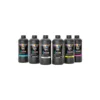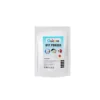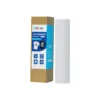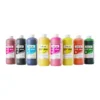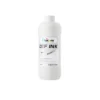Why You Cannot Use Regular Paper with Sublimation Ink?
Sublimation inks are designed to allow the ink to bind to a specific material by means of a thermal reaction. This causes the ink to change from a solid to a gas when heated. However, plain paper does not have the proper properties to facilitate this process. Here’s why:
Regular Paper Cannot Handle Heat Transfer
Sublimation ink requires heat to transition from a solid to a gas, which then bonds to the surface of the substrate. Regular paper is not designed to withstand the high temperatures required for this process. When regular paper is used, the ink won’t be absorbed properly, leading to blurry, incomplete, or faded prints.

Regular Paper Absorbs Too Much Ink
Most regular paper types are highly absorbent, meaning they soak up the ink rather than allowing it to remain on the surface for transfer. Sublimation ink, by contrast, needs to be held on the paper’s surface to be released during the heat transfer process. Regular paper doesn’t provide the right surface tension for sublimation ink to bond effectively, resulting in poor print quality.
Sublimation paper is specifically designed to allow inks to remain on the paper surface until heat is applied. Regular paper, due to its absorbent and porous nature, will not hold the ink properly. As a result, the ink may bleed, causing smudging or unwanted spread, and thus, it won’t transfer correctly to the material.
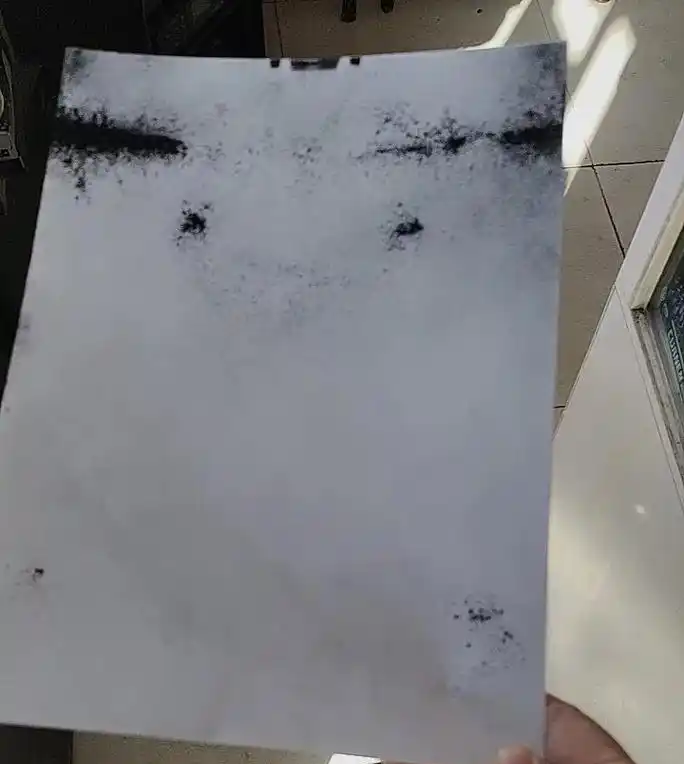
If you’re curious about how this phenomenon manifests on DTF films, you can refer to: Can You Use Sublimation Ink On DTF Film?
Why Sublimation Paper Is Essential for Sublimation Ink?
Ink works best with specially coated paper designed to absorb it. Subli paper differs from regular paper in that it has a unique ink-receiving layer, preventing the inks from bleeding through as it would with regular paper.
Sublimation Paper Prevents Ink Smearing
This paper has a special coating that prevents ink from being absorbed too quickly. This allows the ink to stay on the surface of the paper until heat is applied, turning it into a gas that bonds with the material. Regular paper lacks this coating, which can cause the ink to smear or dry improperly, resulting in poor transfer quality.
Moreover, the coating ensures the ink adheres only to the intended areas, preventing it from spreading and overlapping, which would compromise the final transfer.
Sublimation Paper Allows Efficient Ink Release
Sublimation paper is designed to keep the ink intact on the surface, ensuring that the entire image is transferred onto the material with minimal waste. This papers commercially available often have a transfer rate, usually ranging from 90% to 98%.
This refers to the overall efficiency of the ink transfer from the sublimation paper to the substrate. Regular paper is unable to accomplish this process, often leading to incomplete or patchy transfers.
For insights on using regular ink on sublimation paper, see: Can You Use Regular Ink On Sublimation Paper?
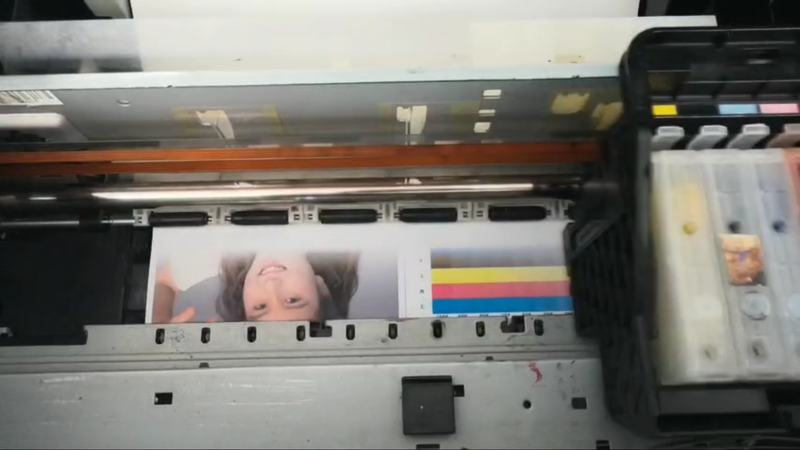
Sublimation Paper Ensures Vibrant Colors
Sublimation printing paper is optimized to hold ink in place, ensuring accurate color reproduction and crisp detail. Ordinary paper often fails to maintain consistent ink distribution, resulting in faded or uneven prints. With the right sublimation paper, you can expect vibrant, quality prints every time.

If you want to learn about the specific uses of sublimation paper, check out this article: What Is Sublimation Paper Used For?
Which Papers Can be Used With Sublimation Ink?
If regular paper is not suitable for sublimation inks, what should you use? Let’s look at the materials designed for successful sublimation printing.
Heat Transfer Paper
Heat transfer paper has been around longer than sublimation paper. In fact, sublimation printing originally used heat transfer paper. Specifically designed for sublimation inks, it’s ideal for printing and transferring images onto fabrics.
This paper is designed to withstand the high temperatures required for sublimation, ensuring the ink properly transfers to the substrate.
Sublimation Paper: The Best Choice
Sublimation paper is specifically designed for sublimation inks, featuring optimized coatings, high-quality surface tension, and heat resistance. It allows the ink to remain on the surface until heated, ensuring the most accurate and vibrant photo prints. Compared to heat transfer paper, sublimation paper enables sublimation inks to be printed on a wider range of materials, not just fabrics.
Sublimation paper also comes in various gram weights; the lower the gram weight, the better the transfer effect and color vibrancy, but the price is also higher. Sublimation paper varies slightly depending on its intended use. For large format sublimation printing, wider sublimation paper (in roll form) is typically used.
As these sublimation printers differ in their printing processes, the sublimation paper also varies accordingly. There is also a method of applying a coating pretreatment directly to the surface of the substrate. However, this generally involves transferring sublimation ink directly onto the material, which has little to do with sublimation paper.
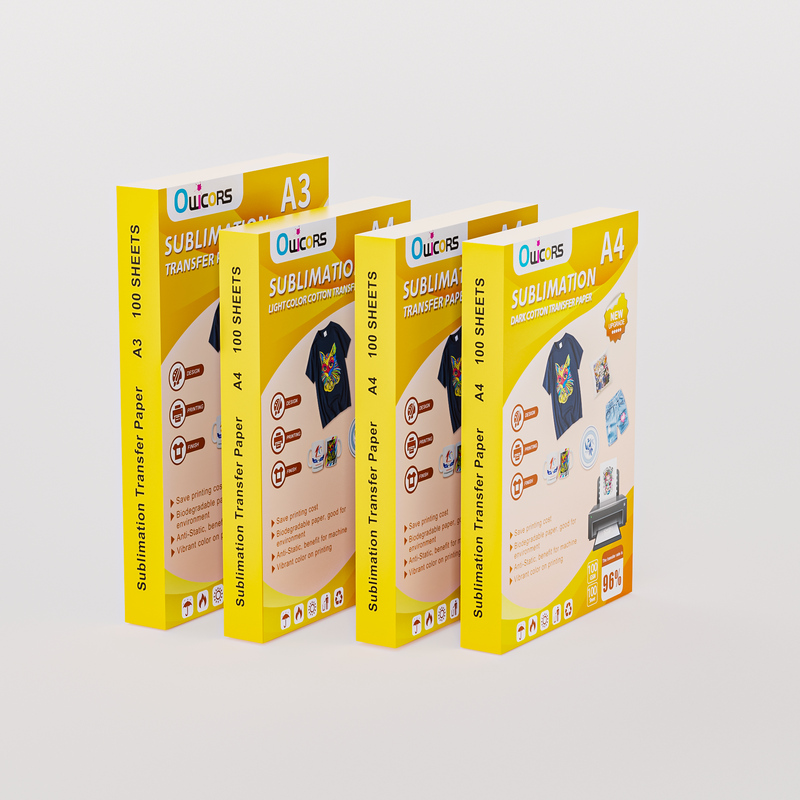
Conclusion
Using regular paper with sublimation ink is not recommended, as it can lead to poor print quality, smudging, and failed transfers. To achieve the best results, always use specialized sublimation paper or heat transfer paper designed to work with sublimation ink.


